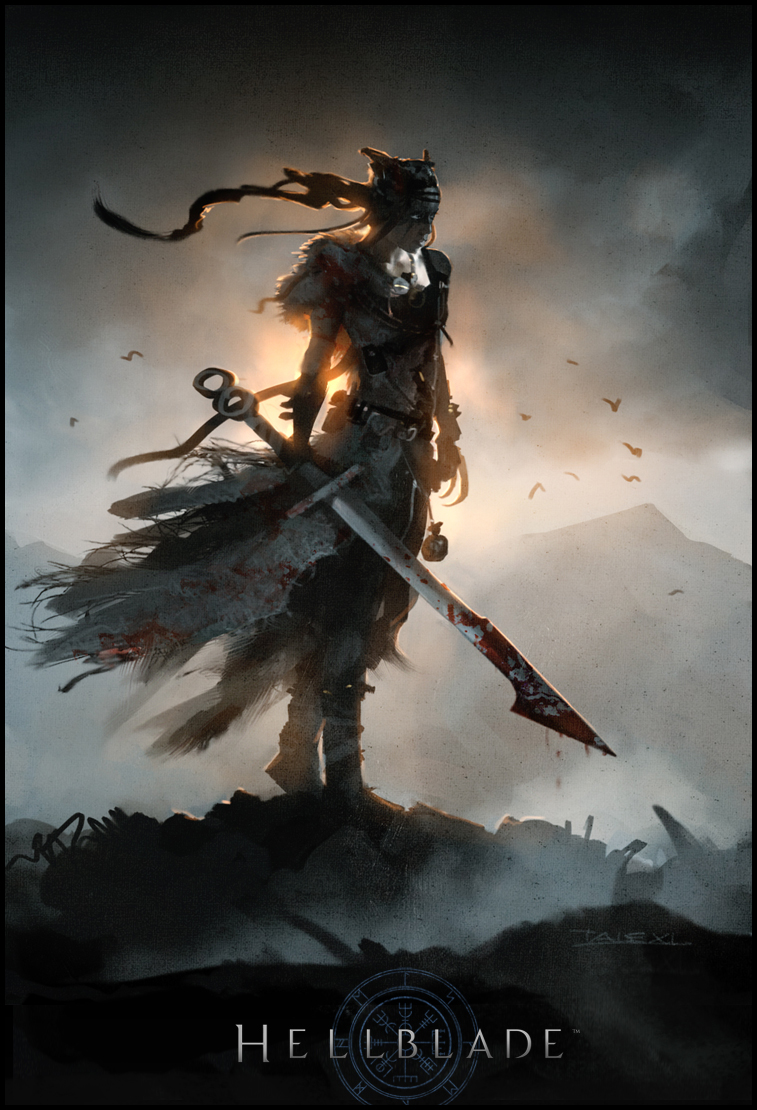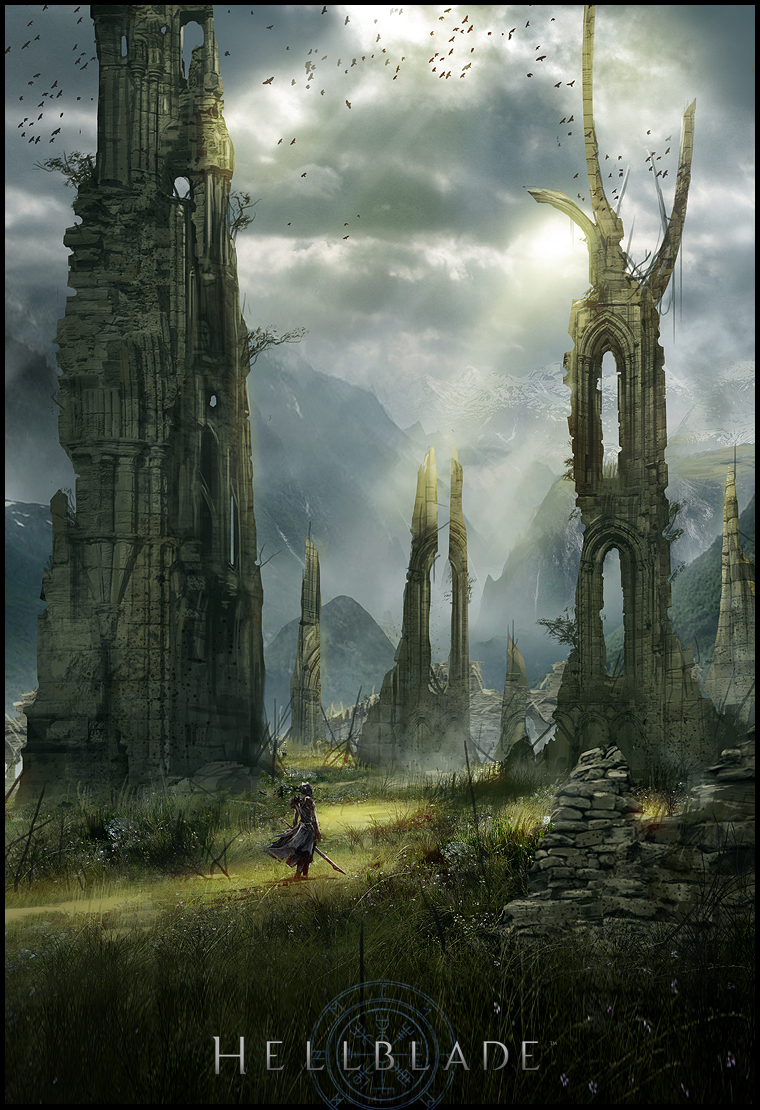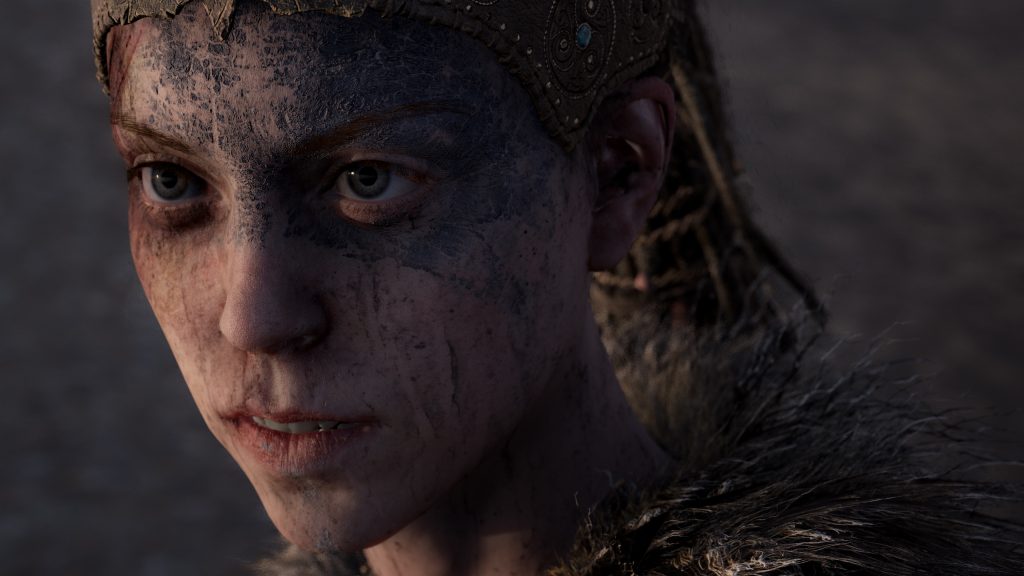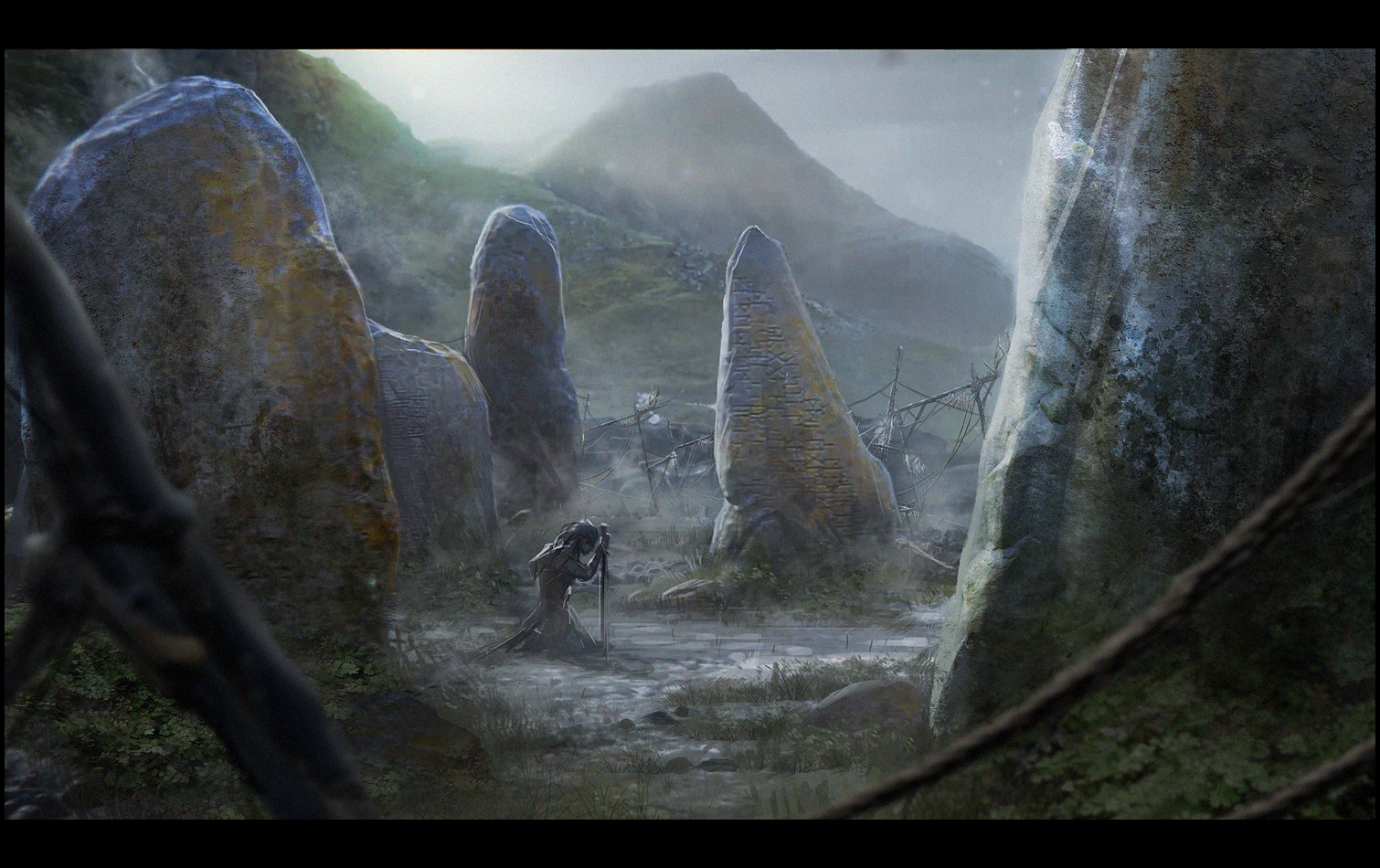Hellblade: The Future of Game Design?

No matter what it looks like at first, Hellblade: Senua’s Sacrifice is more than meets the eye, a lesson you learn very quickly in the first cutscene as the game starts. From the intimate visuals to the visceral combat, this game stands out not only as an achievement in storytelling, but also in game design.
Before I dive into this, I highly recommend that you go play this game. It is free on Xbox Game Pass, and 50% off on the Playstation and Steam stores now. Slight spoilers ahead.

Independent AAA
Hellblade: Senua’s Sacrifice was created by Ninja Theory, the studio known for games such as DmC: Devil May Cry and Heavenly Sword. While Ninja Theory made triple-A games, around 2013 they took a unique stance to project design. After realizing that the large market was favoring indie games over massive triple-A titles, they decided to go in between, developing what would become Hellblade as an “independent AAA” title.
For information on “Independent AAA” games, see this blog post on Hellblade’s website.
While this statement may seem paradoxical, it is more of a combination than a contradiction. AAA games have large budgets, hundreds of people, lots of marketing, and get to a high level of quality. Indie games are small, made by usually a group of friends, and are usually small-concept games. Tameem Antoniades, the head of Ninja Theory, sought to bridge the gap between the two. With a team of twenty developers, Ninja Theory worked for nearly four years before releasing it on PC in 2017.

Chronicles of Creation
One truly unique aspect of the development cycle of Hellblade was the openness the developers had with the community. Ninja Theory published 30 “Dev Diaries” over their development cycle, charting their course from the Gamescom reveal to the day of release. The problems they faced, the choices they made, and the creation of the game was on full display. At every stage, they turned to their community for help, whether it be for beta testing or jobs.
In addition, the “Diaries” also showed the true ingenuity of these “indie” developers. Cutscenes and animations were motion-captured not in a high-end studio room with multiple cameras everywhere, but a temporary meeting room with cheap studio lights. Senua, modeled off of and acted by Melina Juergens, was created in an amalgamation of ways, ranging from using a Raspberry pi, a camera, and an LED ring to create multiple images of her face. The result is a character model that is polished beyond belief.

Not all innovations were made in character capture, but also in the overall design process. No idea was thrown out immediately, and every avenue was explored, creating a game that feels unique in every way. Different levels have different effects and mechanics that feel fleshed out. The combat is visceral, with every blow you land and receive making an impact, and the enemies make you feel small, something few games achieve successfully.
Play It By Ear
By far, the most unique innovation in *Hellbladev is the use of sound. At first, this may seem like a misnomer, but it is one of the many things that sets this game apart. From the beginning, you are prompted to play this game with a headset, a move that makes a significant difference. See, Senua is not a normal protagonist. She isn’t alone in her own head. There are voices all around her, Furies that guide her through the world. They warn her of an incoming attack, hint at story elements, and more to create an atmosphere of ever-present unease.

Mental Shift
Senua is set apart from other gaming characters in that she is mentally ill, stricken with a form of psychosis that affects how she perceives the world. Her illness is deeply rooted in and affected by her backstory, one that we learn more about as the game unfolds. Ninja Theory took a big leap of faith, tackling one of the most controversial and underrepresented subjects in gaming: Mental Illness. Without diving too much into story, many dark places are explored, both literally and metaphorically, in ways that have never been seen before.
The Future of Game Design?
I can gush all I want about this game, but Hellblade has come and gone, leaving a mark on the industry as a whole. It encourages small developers not only to go out of their comfort zone, but also appeals to triple-A studios to watch their step. As the future unfolds, it is appearing more and more that people are in the market for games like Hellblade, not the next Black Ops or sequel. One can look no further than the recent less-than-stellar reception of many titles, both critically and by consumers.
Above all else, Hellblade: Senua’s Sacrifice is a call to adventure. You can do amazing things, if you put your mind to it.